Technology
Social Media Promotions And What You Can Expect From The Money You Have Invested
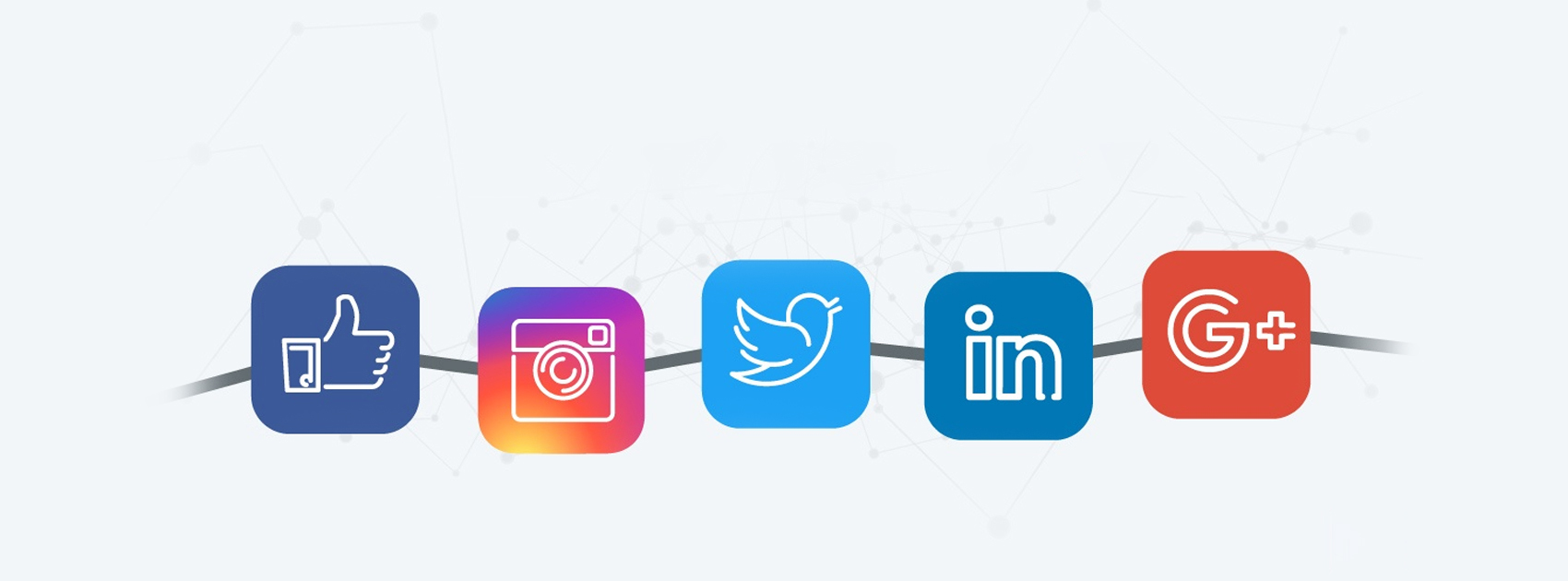
As your business grows, so does your online presence. From promoting your products on Facebook, the world of digital marketing has evolved to include promotions on platforms like Instagram and Twitter as well. Although the results are usually what you want, there is always that one nagging question at the back of your head: where is the money I spend going and what platform is working the best for my brand/product?
Types of social media ads and how they really work
Every major social media platform offers several attractive promotional packages, but not all of them are suited for every brand, product or market. For example, Facebook and Snapchat have a slightly larger number of regular female users, while Instagram and Twitter have a larger male user base. To understand how each advertising platform works, here is taking a look at the different platforms!
a) Facebook ads

Facebook ads have been popular for as long as they have because their primary uses are to create awareness, make conversions possible and to give people multiple options. These ads help in raising awareness about your brand/product/market, driving traffic to your website and in increasing online communications with you by using Facebook Messenger!
Furthermore, what makes Facebook ads an exciting platform for promoting your business is, there are several forms for doing the promotion. By using photo ads, video ads, carousel ads, slideshows, lead ads and messenger ads, Facebook ads have been designed in a manner that helps you optimise every aspect.
b) Instagram ads

The question here is, should you be on Instagram? The answer is a definite yes. A fun way of connecting to your audience through sharing pictures, promoting your brand/product/market on this app is an exciting revolution with respect to digital marketing. If you want to put money on Instagram, then the first step in doing so is to create an Instagram business page and the minute you do that, you are ready to hit the ground running!
With the additional updates of IGTV and lengthier Instagram videos, promoting your business on this platform is not just an option, but a definite must! Remember to not be too extravagant with your spending because more often than not, you may not entirely be pleased with the result! Incidentally, with Facebook’s buyout of Instagram, it comes as no surprise that the two platforms have similar promotional platforms.
c) Twitter ads
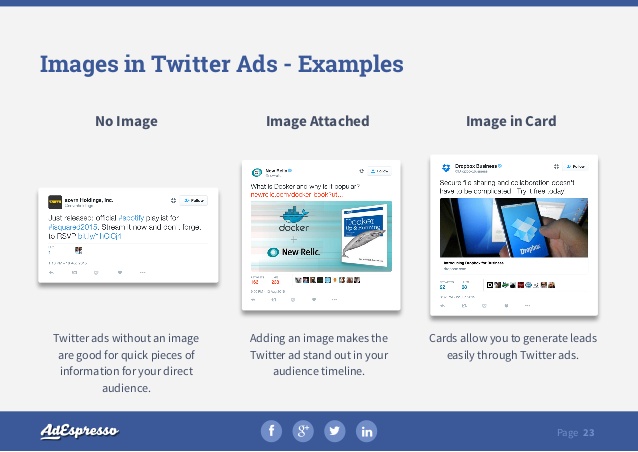
There is absolutely no doubt you should be on Twitter or you should promote your business on Twitter. Unlike Facebook and Instagram, Twitter ads work with a different end goal as compared to the above platforms. Twitter ads have the following objectives:
- When you promote tweets with the purpose of increasing engagement, the conversion rate automatically increases. How? Because it helps in letting your audience know your brand/product exists. An added advantage of this is, that you only have to pay for the initial engagement!
- You can promote your videos and pay for only each of the videos you promote. Not only does this target a specific type of audience, it also ensures regular on foot traffic.
- You can promote individual apps related to your brand and only pay for the specific promotions! The advantage here is, it helps give people up to date information on what is going on with your brand!
While promoting on Twitter is a really good idea, you have to always keep in mind that the thoughts you generate are quick, relevant and to the point. When you do decide to set up your own Twitter ad campaign, make sure your business goals align with your business objective. This will ensure your campaign grows to the full extent!
Your business needs to be promoted on the right platform at the right time and when you put in a certain amount on these platforms, you need to make this choice with complete clarity on what you are getting into! Comment and tell us your experience with social media platforms below!
News
Google Launches Startup Hub in Hyderabad to Boost India’s Innovation Ecosystem
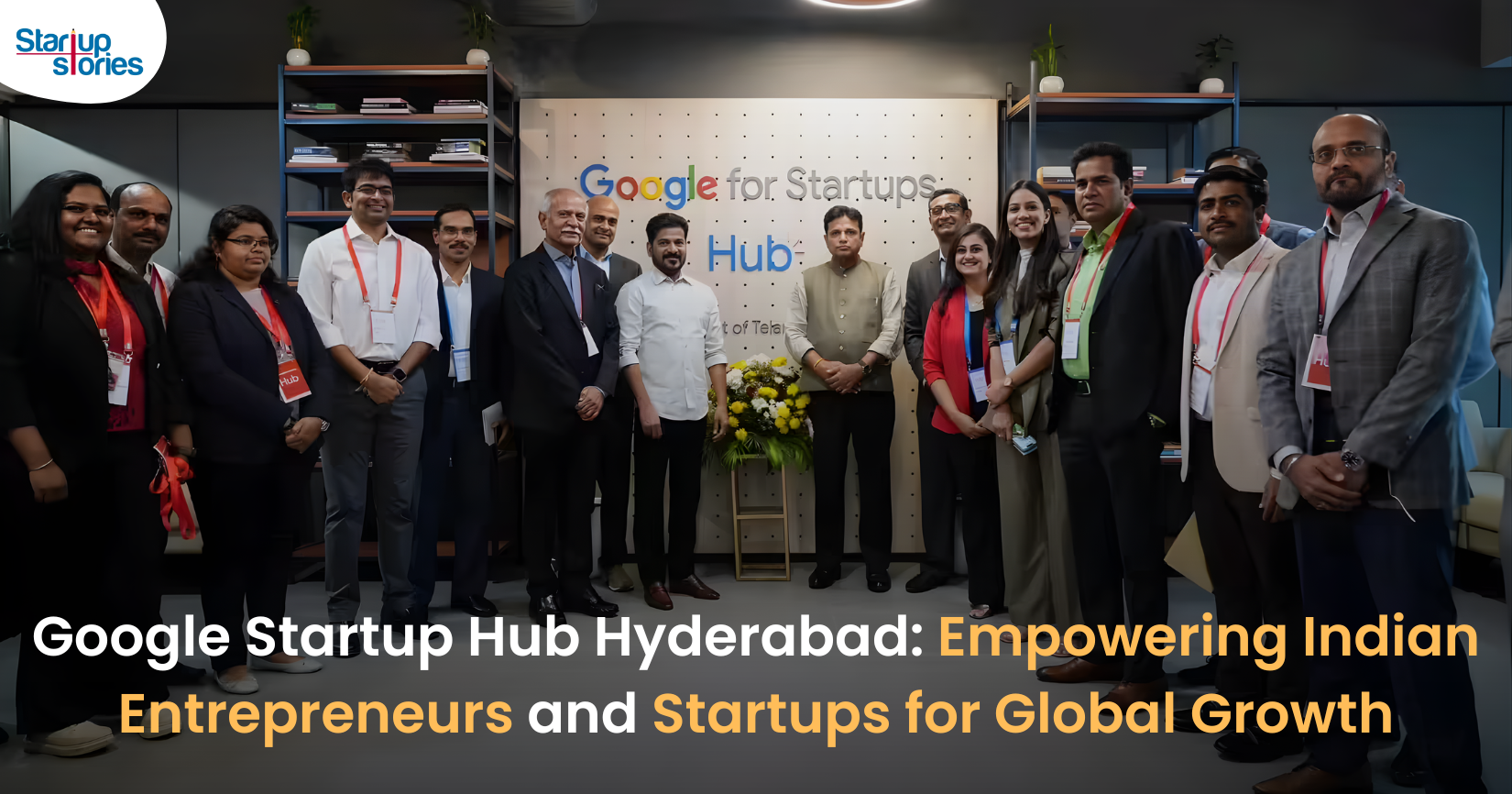
Google has launched the Google Startup Hub Hyderabad, a major step in strengthening India’s dynamic startup ecosystem. This new initiative aims to empower entrepreneurs, innovators, and developers by giving them access to Google’s global expertise, mentoring programs, and advanced cloud technology. The hub reflects Google’s mission to fuel India’s digital transformation and promote innovation through the Google for Startups program.
Located in the heart of one of India’s top tech cities, the Google Startup Hub in Hyderabad will host mentorship sessions, training workshops, and networking events designed for early-stage startups. Founders will receive Google Cloud credits, expert guidance in AI, product development, and business scaling, and opportunities to collaborate with Google’s global mentors and investors. This ecosystem aims to help Indian startups grow faster and compete globally.
With Hyderabad already home to tech giants like Google, Microsoft, and Amazon, the launch of the Google Startup Hub Hyderabad further cements the city’s position as a leading innovation and technology hub in India. Backed by a strong talent pool and robust infrastructure, this hub is set to become a growth engine for next-generation startups, driving innovation from India to global markets.
Technology
Jio Unveils Cloud PC Service to Bring Affordable Computing to Indian Households
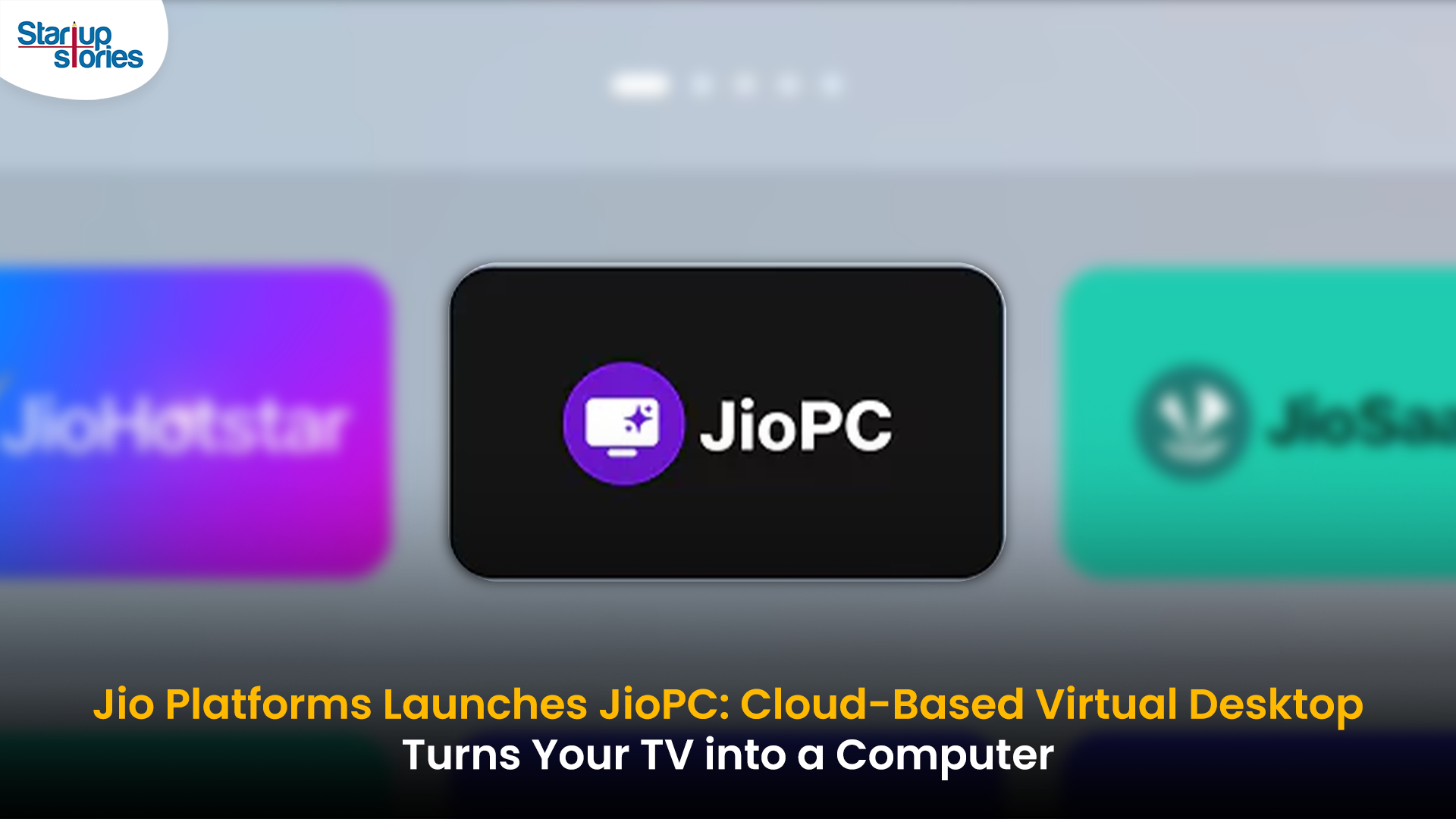
- Jio Platforms has launched JioPC, a cloud-based virtual desktop service that transforms any television connected to a Jio Set Top Box into a fully functional computer.
- Users simply connect a keyboard and mouse to access a desktop-like environment, complete with web browsing, productivity tools, and educational apps—all without needing a physical PC or extra hardware.
- The service is device-agnostic and works with all consumer PC brands, making advanced computing accessible and affordable for millions across India.
JioPC is designed to support a wide range of activities, from professional work to online learning and creative projects. By leveraging Jio’s robust cloud infrastructure, users can run even compute-intensive AI applications directly from their TV screens. The platform also ensures data security and reliability, as all files and settings are safely stored in the cloud, protecting users from data loss even if their device is reset or replaced.
With JioPC, Jio aims to democratize digital access and bring high-performance computing to Indian households at a fraction of the traditional cost. The service supports popular productivity suites like LibreOffice and Microsoft Office online, and Jio is offering a free trial to encourage users to experience the benefits firsthand. This innovative move is set to reshape how people in India work, learn, and connect in the digital age.
Technology
WhatsApp Introduces Ads in Updates Tab, Keeps Chats Ad-Free

Meta has officially begun rolling out ads on WhatsApp, ending over a decade of an ad-free experience since its acquisition in 2014. The advertisements will appear only in the Updates tab, specifically within the Status feature, which lets users share photos, videos, and text updates that disappear after 24 hours—similar to Instagram Stories.
Where Ads Will Appear
- Ads will be visible exclusively in the Status section of the Updates tab, keeping personal and group chats ad-free.
- Businesses can use these ads to encourage users to interact via WhatsApp messaging.
- Meta is also introducing paid channel subscriptions and promoted channels within the Updates tab, allowing users to access premium content and discover new channels more easily.
Privacy and Targeting
Meta has emphasized that private messages, calls, and group chats will remain end-to-end encrypted and free from advertising. Ads will be personalized using limited, non-sensitive data such as location, language, followed channels, and ad interactions. Users can further manage ad preferences if they link WhatsApp to Meta’s Accounts Center.
User and Business Impact
The move marks a major shift for WhatsApp, which has long resisted advertising to preserve a clean messaging experience. While some users have criticized the change, Meta sees this as a significant opportunity to monetize WhatsApp’s 3 billion users and over 200 million businesses on the platform.
In summary, WhatsApp’s new ads will be confined to the Updates tab, ensuring personal messaging remains private and uninterrupted, while opening new monetization avenues for Meta and businesses.






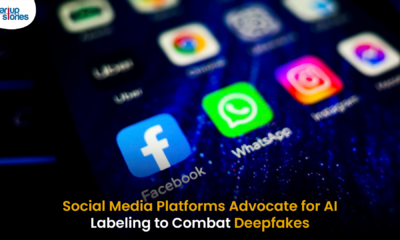







iwin
November 5, 2025 at 10:52 pm
iwin – nền tảng game bài đổi thưởng uy tín, nơi bạn có thể thử vận may và tận hưởng nhiều tựa game hấp
J88
November 6, 2025 at 5:20 am
Đến với J88, bạn sẽ được trải nghiệm dịch vụ cá cược chuyên nghiệp cùng hàng ngàn sự kiện khuyến mãi độc quyền.
MM88
November 9, 2025 at 5:03 pm
Khám phá thế giới giải trí trực tuyến đỉnh cao tại MM88, nơi mang đến những trải nghiệm cá cược thể thao và casino sống động.
Kuwin
November 20, 2025 at 4:41 pm
kuwin sở hữu kho game đa dạng từ slot đến trò chơi bài đổi thưởng, mang đến cho bạn những giây phút giải trí tuyệt vời.
GO88
November 23, 2025 at 11:47 am
Tham gia cộng đồng game thủ tại Go88 để trải nghiệm các trò chơi bài, poker phổ biến nhất hiện nay.